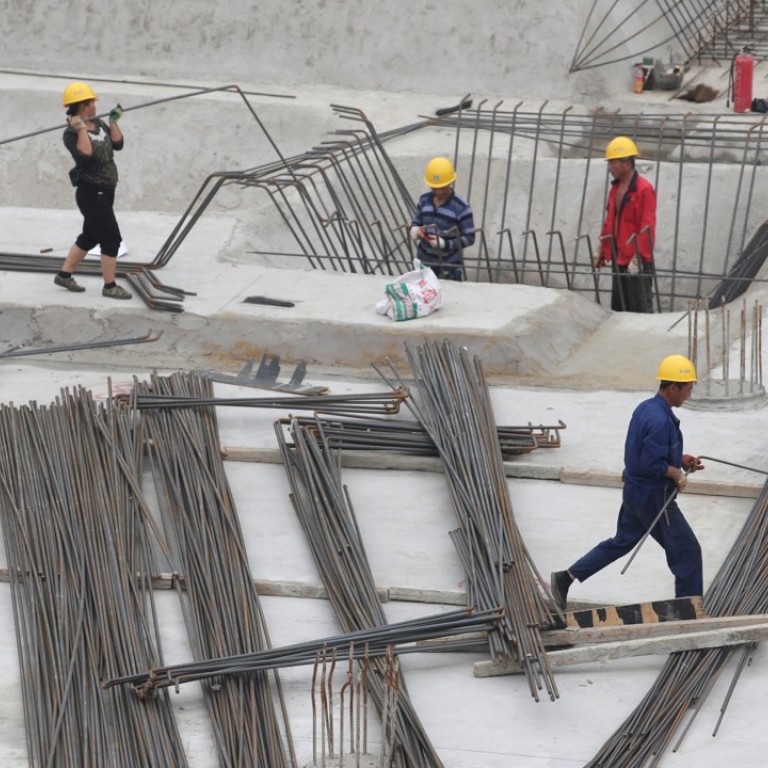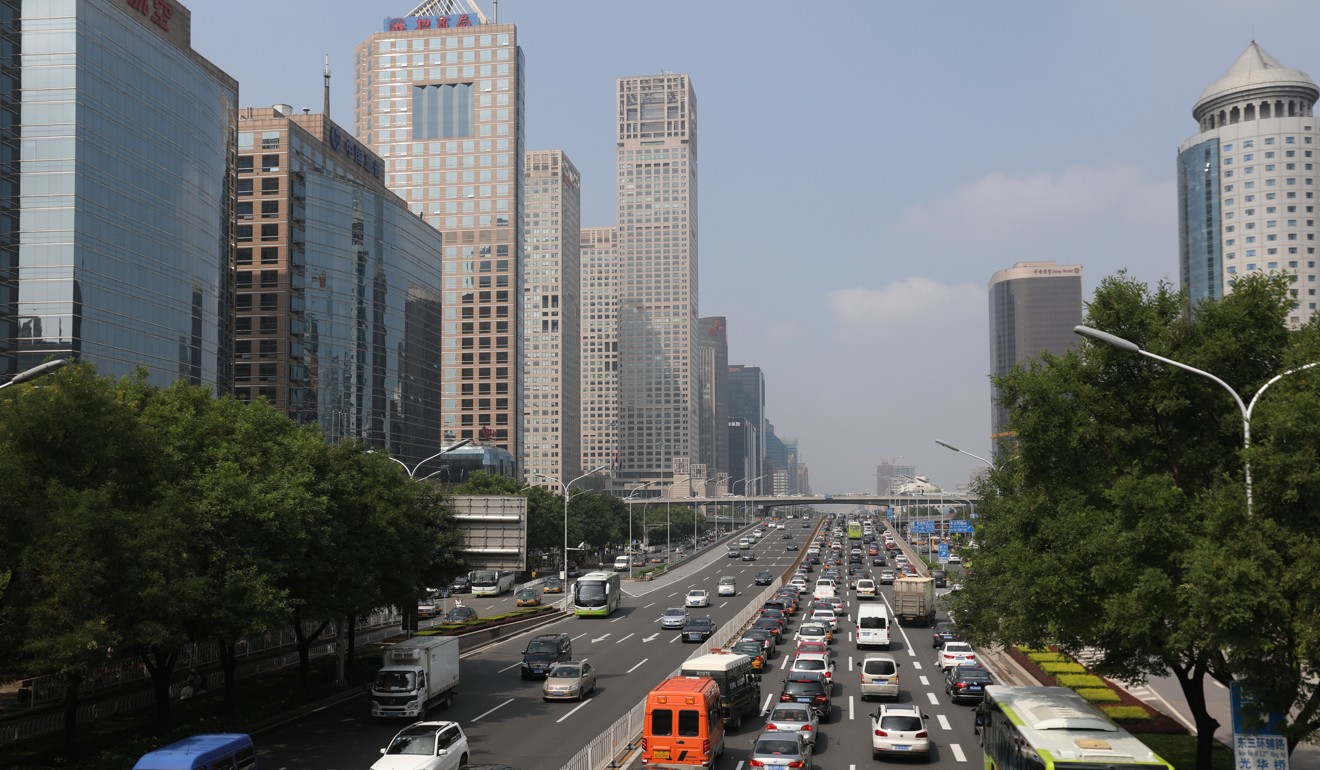
China’s economy loses steam as Xi takes aim at debt
Growth in China’s economic activity slowed dramatically in July with factory production, investment and consumer spending all coming in below forecast amid a national drive to tackle rising debt.
The momentum of the first half fizzled away last month after the country’s leadership listed financial risks as major threats to the health of China’s US$11 trillion economy.
A slowdown in property investment and home sales, along with an easing in overseas shipments, point to further weakness down the road as President Xi Jinping seeks to cement his power at a key Communist Party congress this year and push ahead with long-delayed economic restructuring.
Yao Wei, chief China economist at Societe Generale, said Beijing’s efforts to curb risks would be clearer after the congress and this was a fundamental reason to be cautious about growth in China.
“Deleveraging and lowering risk in the financial system are now clearly among the top medium-term objectives of the Xi administration,” Yao said.
She said China’s “cyclical peak is behind us” even though a sharp and sustained slowdown was unlikely.
China’s industrial output expanded 6.4 per cent in July from a year earlier, falling from 7.6 per cent in June, as mining and manufacturing slowed, according to the National Bureau of Statistics.
Fixed-asset investment, the main engine of growth, grew by 8.3 per cent in the first seven months of the year, cooling from 8.6 per cent in the first half, the NBS said, with property investment slowing to 7.9 per cent from 8.5 per cent.
Louis Kuijs, head of Asia economics from consultancy Oxford Economics, said the July numbers confirmed that the year’s initial pick-up was a temporary one.
“China’s economy has been, in recent years, in the process of slowdown. In the first half of this year, it looks like this pattern has broken,” Kuijs said.
“China’s economic growth will cool in the second half of this year on less accommodative monetary policy and slower growth in real estate.”

While more data is needed to confirm a trend, the July numbers give weight to the argument that China is not entering a new cycle of expansion.
“The peak of China’s economic momentum is behind us,” JZ Securities chief economist Deng Haiqing said. “Those who’ve expected a strong recovery or even economic overheating have been proven wrong.”
Nevertheless, steel output rose during the month amid hefty price gains in steel products, growth that Capital Economics’ Julian Evans-Pritchard said was unsustainable.
“The resilience of steel production is unlikely to last, given headwinds from slowing investment growth,” he said.
But Zhou Hao, senior emerging markets economist from Commerzbank in Singapore, said it was too early to worry about weak China growth.
“Based on previous patterns, [the July data] could mean the economy is just coming back to normal,” Zhou said.

